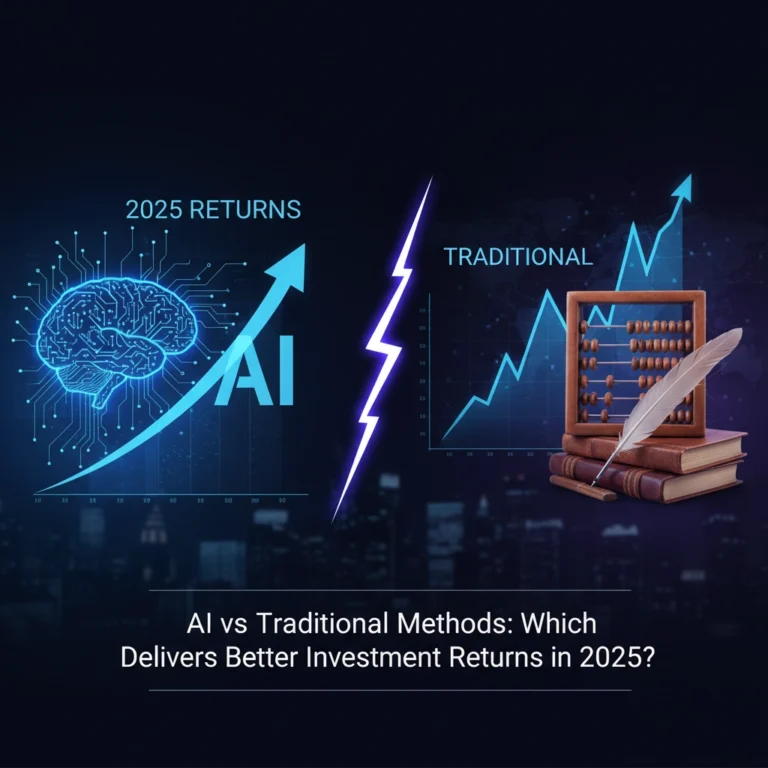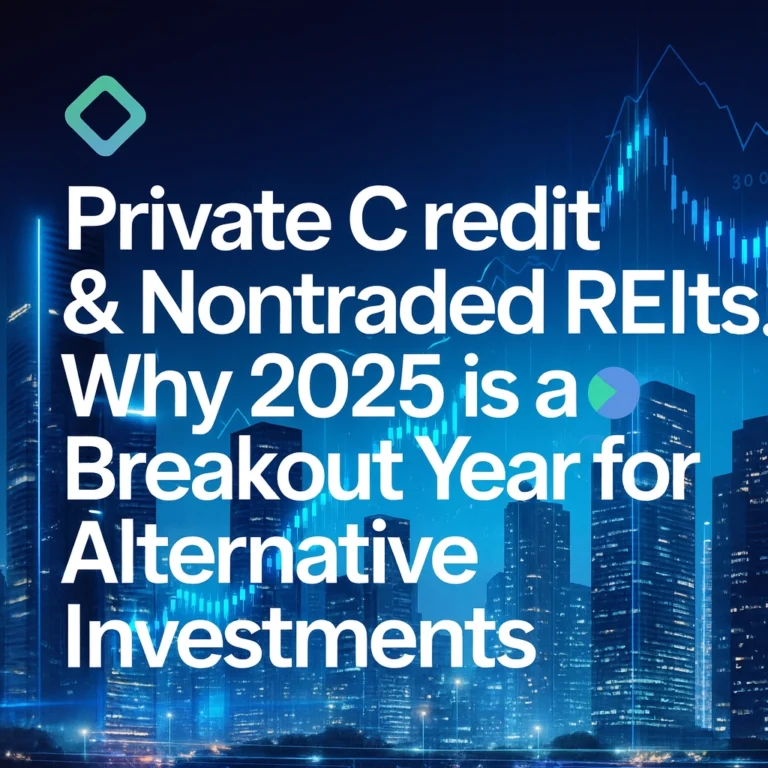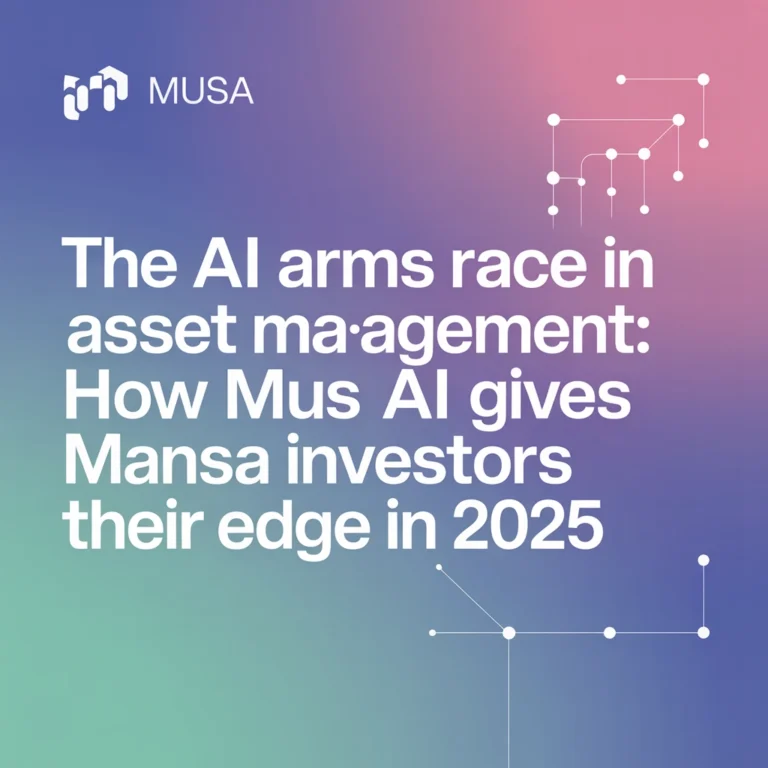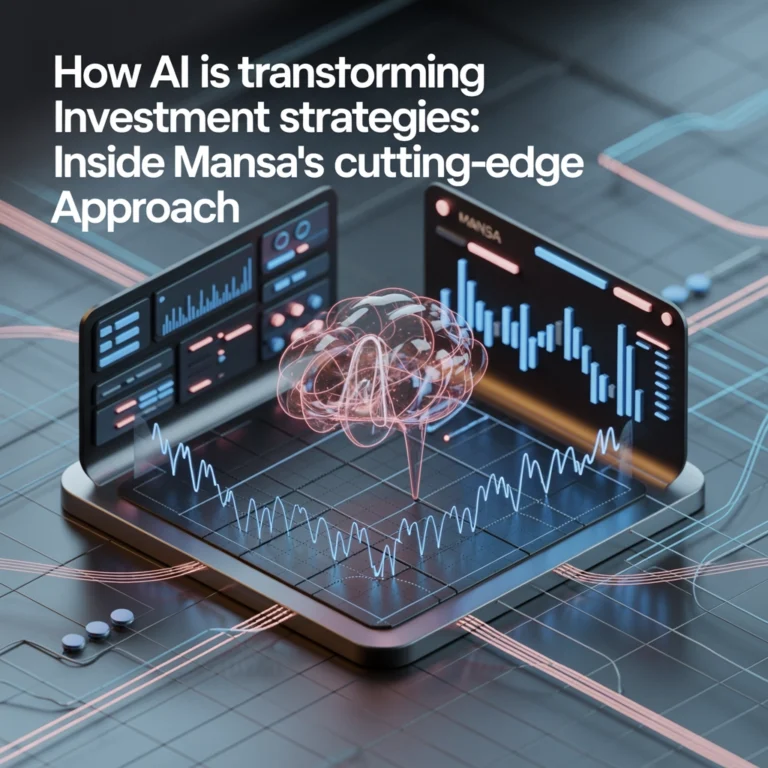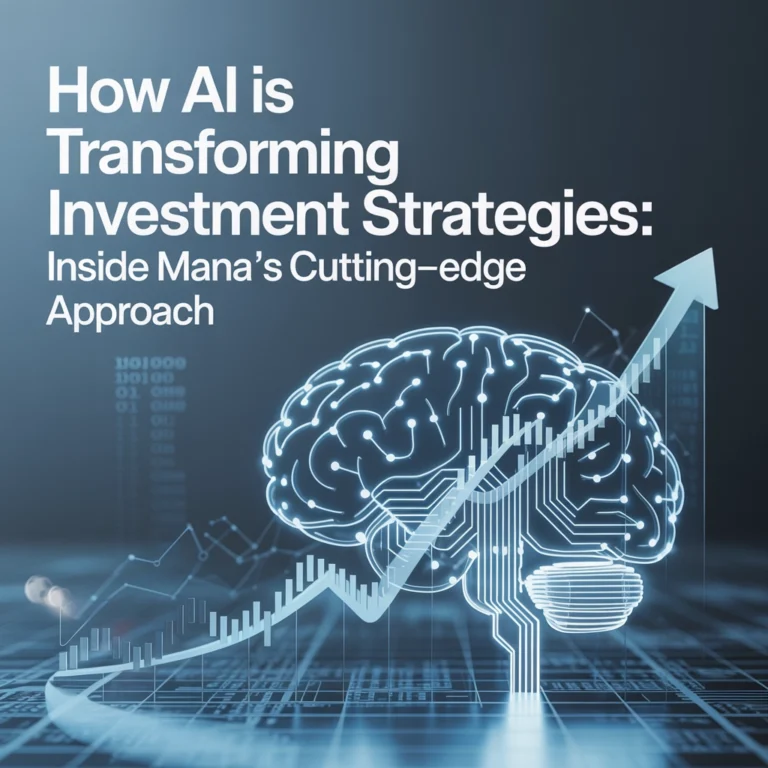5 Steps How to Future-Proof Your Portfolio and Avoid AI Disruption (Easy Guide for Institutional Investors)
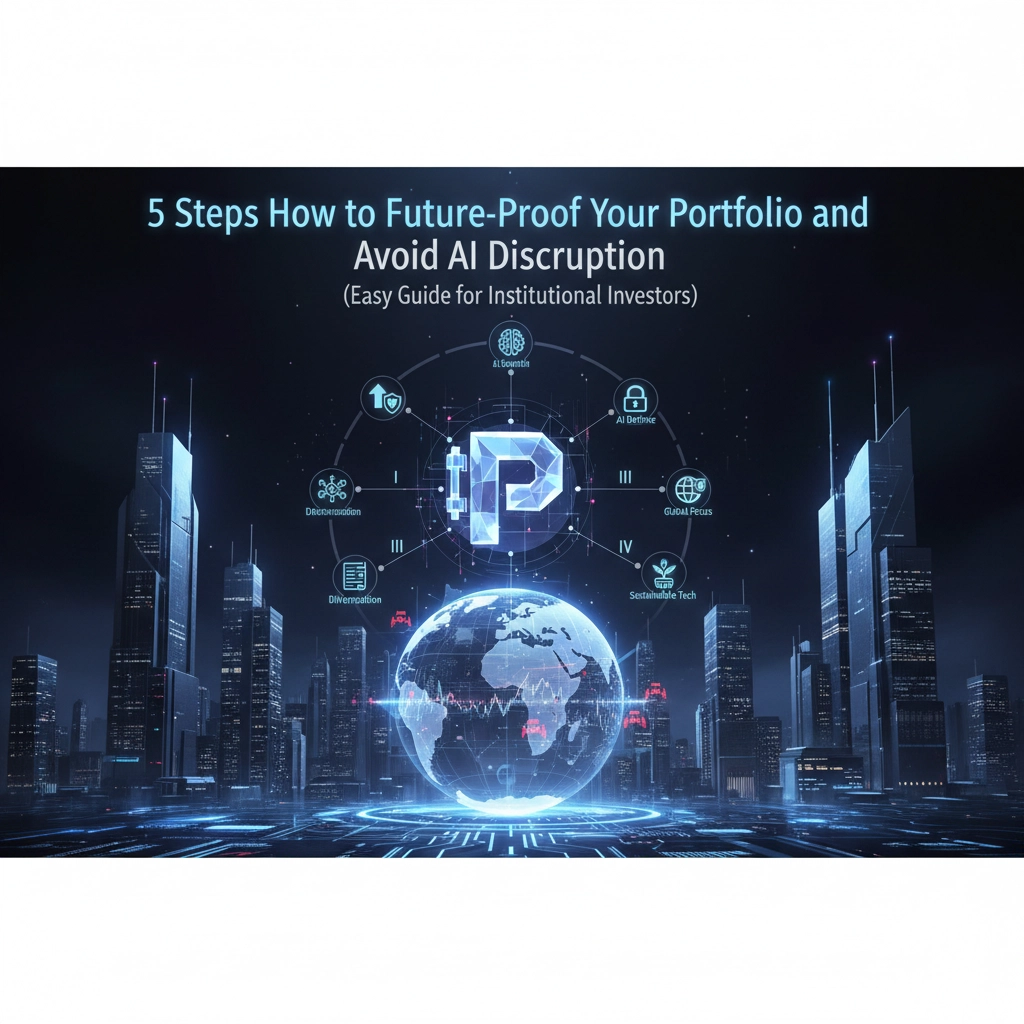
The investment world is experiencing its most dramatic transformation since the birth of electronic trading. Artificial intelligence isn't just changing how we analyze markets: it's fundamentally reshaping what it means to manage institutional portfolios. While some managers scramble to catch up, others are already leveraging AI to deliver superior returns and reduce risk.
The statistics are sobering: AI-driven investment platforms now process real-time data streams that would take human analysts weeks to digest. Meanwhile, traditional quarterly portfolio reviews look increasingly outdated compared to systems that rebalance portfolios continuously based on market conditions.
But here's the thing: you don't need to fear this disruption. You need to embrace it strategically. The institutions that thrive in the next decade will be those that integrate AI thoughtfully, not reactively.
Let's walk through five practical steps that will future-proof your portfolio and position your institution ahead of the curve.
Step 1: Build Your AI Integration Roadmap
Before diving into flashy AI tools, you need a clear strategy. This isn't about adopting every new technology: it's about understanding how AI fits into your existing investment philosophy and operational framework.
Start by defining specific, measurable objectives for AI implementation. Are you looking to enhance risk assessment? Improve portfolio rebalancing efficiency? Expand into new asset classes? Your goals will determine which AI solutions deserve your attention and budget.

Create a phased rollout plan with realistic timelines. Most successful institutions begin with one core area: say, automated rebalancing: before expanding to more complex applications like alternative investment screening. This approach allows you to build internal expertise and demonstrate value before making larger commitments.
Don't forget the human element. Your investment team needs to understand how AI enhances their decision-making rather than replaces it. The most effective AI implementations augment human judgment with data-driven insights, not eliminate the need for experienced portfolio managers.
Step 2: Establish Rock-Solid Data Infrastructure
AI is only as good as the data it processes. If your current systems can't handle vast amounts of real-time information from multiple sources, you'll miss the AI revolution entirely.
Modern AI wealth management platforms require robust, scalable data infrastructure that can collect, store, and process information from market feeds, economic indicators, company financials, and alternative data sources simultaneously. This means investing in cloud computing technologies and establishing clear data pipelines.
The payoff is substantial. Advanced AI systems can now identify portfolio optimization opportunities that human analysts might miss, continuously monitoring thousands of variables that influence asset performance. While traditional managers conduct quarterly reviews, AI-enabled systems make micro-adjustments daily or even hourly.
Consider partnering with established technology providers if building this infrastructure internally seems overwhelming. The key is ensuring your data architecture can scale as your AI applications become more sophisticated.
Step 3: Deploy Intelligent Portfolio Management Systems
This is where the rubber meets the road. Modern portfolio management goes far beyond periodic rebalancing: it's about continuous optimization that responds to market conditions in real-time.

AI-driven portfolio management systems excel in several key areas:
Automated Rebalancing: These systems maintain target asset allocations automatically, selling overperforming assets and buying underperforming ones to restore optimal balance. Instead of waiting for quarterly reviews, portfolios stay aligned with your strategic objectives continuously.
Tax Optimization: Advanced AI systems identify tax-loss harvesting opportunities systematically, maintaining desired portfolio exposure while realizing losses to offset gains. This capability, once available only through expensive private wealth management, is now accessible to institutional investors at scale.
Risk Assessment: Rather than relying on static risk questionnaires, modern systems evaluate risk tolerance dynamically based on actual market behavior, changing conditions, and portfolio performance. This creates more accurate risk profiles and better investment outcomes.
The sophistication of these systems is remarkable. They can analyze correlations across thousands of assets, identify emerging risks before they impact portfolios significantly, and optimize for multiple objectives simultaneously: return, risk, tax efficiency, and liquidity.
Step 4: Access AI-Native Investment Opportunities
While optimizing existing portfolios is important, the biggest opportunities lie in investing in the AI revolution itself. We're entering what experts call the third phase of AI evolution, where traditional business services are delivered through intelligent software platforms rather than human-led processes.
This transformation represents a $3-5 trillion opportunity across multiple sectors:
Financial Services: AI is revolutionizing underwriting, fraud detection, and customer service. Companies developing these capabilities represent significant growth opportunities.
Healthcare: From diagnostic tools to drug discovery, AI applications in healthcare are creating entirely new markets and disrupting established players.
Industrial Applications: Predictive maintenance, supply chain optimization, and manufacturing automation driven by AI are transforming traditional industries.

The challenge for institutional investors is accessing these opportunities early. Many AI-native companies remain private, making private market allocation essential for capturing the full upside of this transformation.
Look for investment managers who specialize in AI-focused strategies and have track records in identifying breakthrough technologies before they become mainstream. These managers often have technical expertise that traditional generalist funds lack.
Step 5: Implement Dynamic Risk Management
Traditional risk management approaches: annual stress tests, quarterly reviews, static benchmarks: are inadequate for the AI era. You need risk systems that adapt as quickly as your investment strategies.
Dynamic risk management combines real-time monitoring with predictive analytics to identify potential issues before they impact portfolio performance significantly. These systems continuously evaluate market conditions, portfolio correlations, and external factors that could affect your investments.
Key components of effective AI-driven risk management include:
Continuous Monitoring: Rather than periodic risk assessments, implement systems that track key metrics constantly and alert managers when parameters move outside acceptable ranges.
Predictive Analytics: Use AI to identify potential risk scenarios based on historical patterns and current market conditions. This allows for proactive rather than reactive risk management.
Automated Compliance: Ensure your AI systems include robust compliance monitoring to maintain regulatory requirements while optimizing performance.
Cybersecurity Integration: As your systems become more sophisticated, security becomes paramount. Implement comprehensive cybersecurity measures and conduct regular audits to prevent breaches.
The goal isn't to eliminate all risks: it's to understand them better and manage them more effectively than your competitors.
Making It Work in Practice
The institutions succeeding with AI implementation share common characteristics: they start with clear objectives, invest in proper infrastructure, and maintain focus on long-term value creation rather than short-term technological novelty.
Large language models and advanced analytics are already enabling more sophisticated security analysis and thematic investing approaches. The key is integrating these tools thoughtfully into your existing investment process rather than completely overhauling proven strategies.
Remember, AI should enhance fundamental investment principles, not replace them. The most successful implementations combine technological capability with sound investment discipline, creating sustainable competitive advantages that compound over time.
Your portfolio's future depends on the actions you take today. The question isn't whether AI will transform institutional investing: it's whether you'll lead the transformation or be left behind by it.

